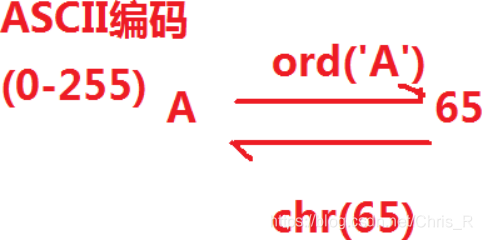常用内置对象的方法
-
String
-
定义,切片,长度,替换,编列....
-
-
列表/元组
-
定义,使用,循环遍历.....
-
-
字典
-
定义,使用,循环遍历......
-
-
集合Set
-
连接数据库!
-
各种内置模块
-
os,file,time,json....
-
字符串String
-
定义:一串字符!用""或''引起来 字符串是字符串列表,索引从0开始
-
字符串是字符串的列表,可以通过索引访问,索引从0开始,-1表示最后一个
-
索引不能操作范围
-
字符串不可变
-
编列
-
+表示连接:控制台input()方法输入的内容都是字符串
-
切片【开始:结束:步长】【::-1】倒序
- 格式化字符串
name = tom age = 20 # 方法1.使用占位符格式化 print("名字:%S,年龄:%d"%(name,age)) # 方法2.格式化 print(f"名字:{name},年龄:{age}") # 方法3.格式化 print("名字:{0}年龄{1}".format(name,age))
-
转义
\' 转义 制表符等于四个空格(tab) 换行 linux换行 续行
-
chr()
-
内置方法
-
len(字符串)# 长度
-
chr() 转化为字符 chr(97)---a chr(65)---A
- ord(字符)转化为对应ASCII编码 ord("A")--->65
- find(字符)找不到返回-1
- index(字符)找不到报错
- replace(“旧字符串",''新字符串")替换
- splite("字符")拆分 返回列表!
- lower(字符串)转为小写
- upper('字符')转为大写
- strip(字符串)去掉两边空格 rstrip(字符串)去掉右边空格 lstrip(字符串)去掉左边空格
- not in ”hello“ 判断是否存在
-
# 赋值 s = "hello" s[0] ---> 第一个 s[-1] ---->最后一个 # 字符串不可变 s = "helloworld" s[5] = "w" # 报错 str not support item assigment # 遍历 str01 = "hello for i in hello: print(i) # 编列索引和值 for i,v in enumerate(str01): print(f'第{i},个值:{v}') # 生成a-z print(chr(random.choice(range(97,123))) # A-Z print(chr(random.choice(range(65,91))))
